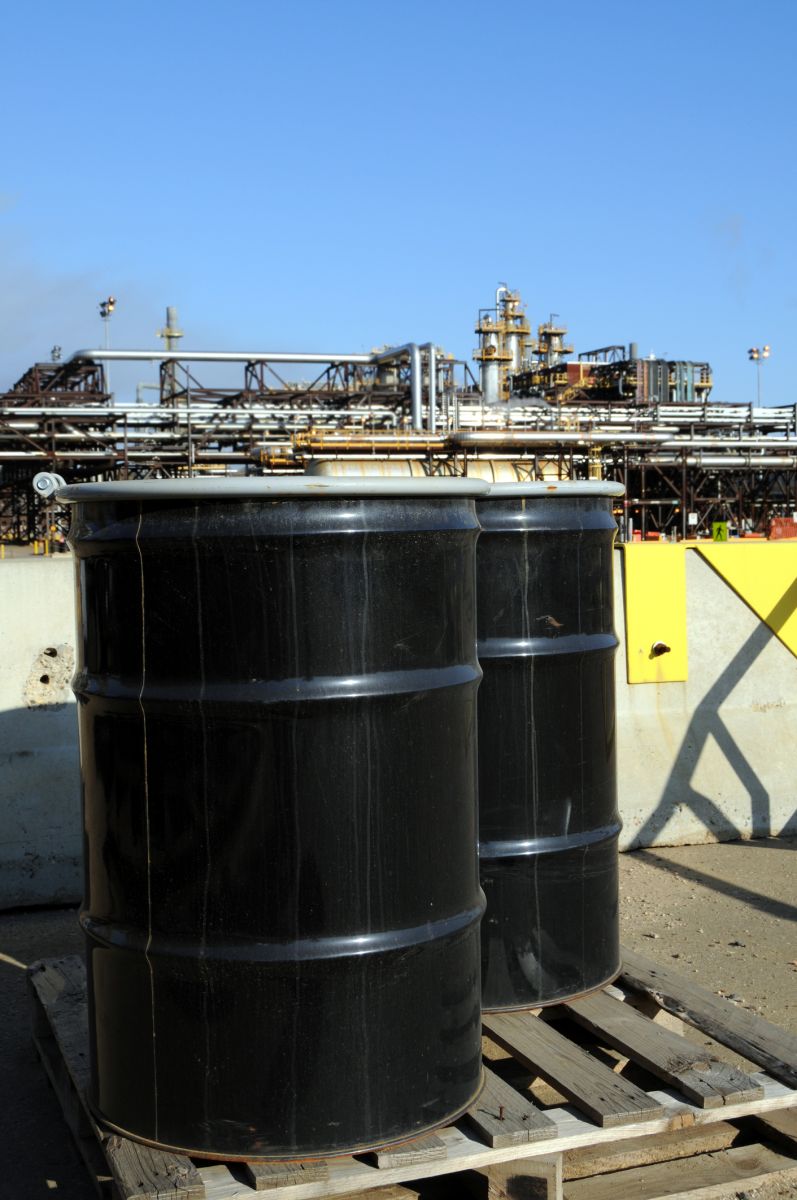
December WTI crude oil (CLZ24) Friday closed down -1.68 (-2.45%), and December RBOB gasoline (RBZ24) closed down -0.0324 (-1.63%).
Crude oil and gasoline prices Friday posted moderate losses, with crude falling to a 2-week low. Signs of weak Chinese crude demand are weighing on oil prices. Also, Friday's slump in equity markets curbs confidence in the economic outlook and is bearish for energy demand and crude prices.
Crude demand in China has weakened and is a bearish factor for oil prices. According to data compiled by Bloomberg, China's Oct apparent oil demand fell -5.4% y/y to 14.07 million bpd, and Jan-Oct apparent oil demand was down -4.03% y/y to 14.00 million bpd. China is the world's second-largest crude consumer.
Friday's global economic news was better than expected, a positive factor for crude demand and prices. US Oct retail sales rose +0.4% m/m, stronger than expectations of +0.3% m/m. Also, the US Nov Empire manufacturing survey of general business conditions rose +43.1 to a 2-3/4 year high of 31.2, stronger than expectations of 0.0. In addition, Japan's Q3 GDP grew +0.9% (q/q annualized), stronger than expectations of +0.7%. Finally, Japan Sep industrial production was revised upward by +0.2 to1.6% m/m from the previously reported +1.4% m/m.
Strength in the crude crack spread is supportive of crude prices. Today's crack spread rose to a 2-3/4 month high, encouraging refiners to boost their crude purchases and refine the crude into gasoline and distillates.
Global energy demand concerns undercut crude prices after OPEC on Tuesday cut its 2024 global oil consumption forecast to 1.8 million bpd, -107,000 bpd lower than last month's forecast, and the fourth consecutive month the cartel has reduced its crude demand estimates.
Concerns that Middle East hostilities could escalate are bullish for crude when Iranian supreme leader Ayatollah Ali Khamenei warned of a "crushing response" to Israel's recent air strikes on Iran. An escalation of hostilities between Iran and Israel could widen the conflict in the Middle East and disrupt the region's crude supplies.
A decline in crude oil held worldwide on tankers is bullish for oil prices. Vortexa reported Monday that crude oil stored on tankers that have been stationary for at least seven days fell by -0.4% w/w to 61.78 million bbl in the week ended November 8.
An increase in Russian crude exports is bearish for crude. Weekly vessel-tracking data from Bloomberg showed Russian crude exports rose by +260,000 bpd to 3.42 million bpd in the week to November 10. Separately, Russia's Energy Ministry reported on October 23 that Russia's Sep crude production was 8.97 million bpd, down -13,000 bpd from Aug and just below the 8.98 million bpd output target it agreed to with OPEC+.
Thursday's EIA report showed that (1) US crude oil inventories as of November 8 were -4.4% below the seasonal 5-year average, (2) gasoline inventories were -4.3% below the seasonal 5-year average, and (3) distillate inventories were -5.4% below the 5-year seasonal average. US crude oil production in the week ending November 8 fell -0.7% w/w to 13.4 million bpd, falling back from the record 13.5 million bpd in the prior week.
Baker Hughes reported Friday that active US oil rigs in the week ending November 15 fell -1 rig to 478 rigs, just above the 2-3/4 year low of 477 rigs posted in the week ending July 19. The number of US oil rigs has fallen over the past two years from the 4-1/2 year high of 627 rigs posted in December 2022.







